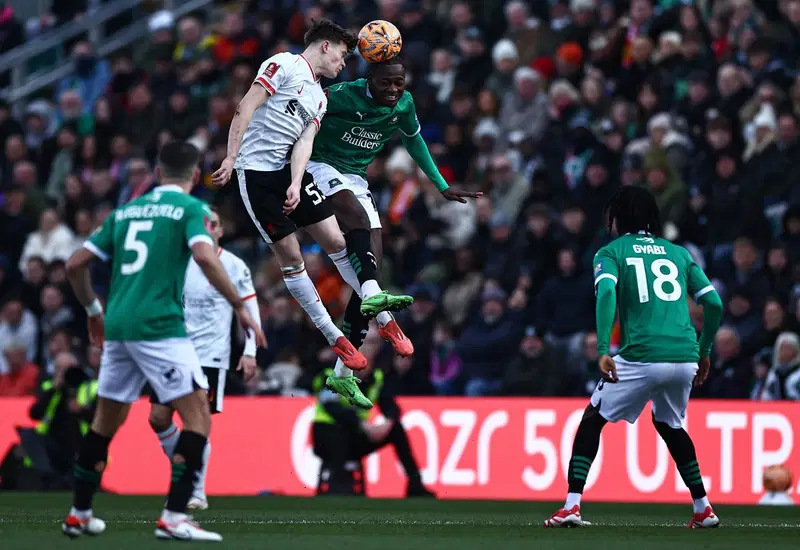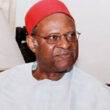The FIFA Club World Cup has long served as a battleground where continental champions face off to determine the best football club in the world. The historic transformation in 2025, is expanding beyond bragging rights — it is now shaping the global football landscape and setting the stage for the 2026 FIFA World Cup.
A New Era for the Club World Cup
The Ongoing FIFA Club World Cup in the United States features an expanded 32-team format, similar to the FIFA World Cup. This marks a significant departure from the previous version, which involved only seven teams. Champions from each continent, including UEFA Champions League winners, Copa Libertadores winners, and top clubs from Africa, Asia, and North America, will now compete in a truly global club tournament.
This expanded version is not just a show of elite football — it’s a warm-up for the biggest spectacle of all: the 2026 FIFA World Cup, also set to take place across the United States, Canada, and Mexico.
Building Momentum and Infrastructure
The Club World Cup in 2025 serves as a vital test run for host cities and stadiums across the U.S. It gives FIFA and local organizers a golden opportunity to fine-tune logistics, security, transport, and fan engagement ahead of the 2026 World Cup.
Much like how the 2013 Confederations Cup acted as a prelude to the 2014 World Cup in Brazil, the 2025 Club World Cup will allow infrastructure and event management to be trialed under near-identical conditions. Stadium readiness, crowd control systems, and technology such as VAR will all be under the microscope. This ensures the 2026 World Cup benefits from a polished and proven organizational structure.
Spotlight on Players and National Teams
One of the most intriguing impacts of the Club World Cup is how it influences players heading into the World Cup the following year. For many players — especially those from emerging football nations — the Club World Cup offers a global stage to showcase talent, build confidence, and gain international experience.
Young stars from Africa, Asia, and the Americas playing for clubs like Al Ahly, Urawa Red Diamonds, or Club León could catch the attention of national team selectors or even bigger European clubs. These tournaments help players develop under high-pressure conditions, often against world-class opposition, which sharpens their readiness for the international level.
For national team coaches, the Club World Cup provides a rare opportunity to scout players in competitive, multinational settings. The tactical insights gained, especially for coaches from underdog nations, can inform better preparation for the World Cup.
Boosting Global Football Development
The expansion of the Club World Cup also promotes competitive equality. Clubs from less-dominant regions get valuable exposure and revenue, which can trickle down to support local academies and facilities. This helps bridge the gap between traditional powerhouses and developing football markets — a dynamic that will make the 2026 World Cup even more competitive.
Additionally, fans in the U.S. — a key growth market for FIFA — will get a yearlong buildup of football fever. The Club World Cup introduces American audiences to top-tier club football from across the globe, potentially building a stronger fan base and deepening the country’s connection to the game ahead of the World Cup.
Conclusion
The 2025 FIFA Club World Cup is more than just a competition — it is a critical precursor to the 2026 FIFA World Cup. It will test the readiness of infrastructure, give players a chance to grow, and provide coaches with tactical insights. Most importantly, it will elevate global football by giving clubs from every continent a chance to shine, ultimately making the 2026 World Cup even richer in talent, diversity, and unpredictability. As the countdown to 2026 begins, all eyes will be on the Club World Cup — the stage where the road to glory truly begins.
By Ibrahim Bature Sallama
Empowered Newswire – Sports Editor










